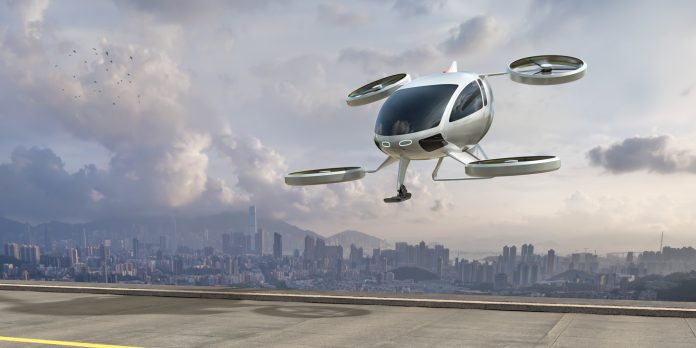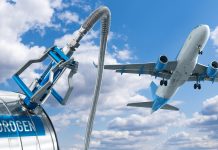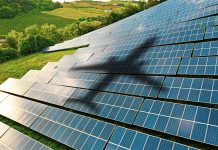Tom Oldham, Aerospace Policy Adviser for ADS Group Limited, discusses the UK’s vertical flight momentum and the challenges of decarbonising the skies
Once reserved for Hollywood blockbusters, new electric vertical flight technology represents a generational opportunity to revolutionise air travel. While the entire aerospace sector is focused on decarbonising, a whole new class of aviation is fast emerging to deliver zero-carbon flight in the near term.
Electric Vertical Take off and Landing (eVTOL) technology is developing at speed, with the UK well placed to play a leading role in demonstrating and commercializing zero-emissions flight. Amidst a shifting commercial landscape across Europe, the UK now likely remains the only European country capable of bringing a product to market in the near term.
That offers a huge opportunity for the UK to champion and scale new vertical flight technology, supporting thousands of jobs across the UK and contributing towards the UK Government’s core missions to grow the economy and boost regional connectivity.
Estimates from PwC suggest that Advanced Air Mobility (AAM) could bring more than £2 billion worth of socioeconomic benefit per year to the UK by 2040 if we get this right.
Yet the benefits extend far beyond economic opportunities. AAM could reduce carbon emissions by 222 million tonnes every year, equivalent to taking 120,000 diesel cars off the road, and boosting the number of sustainable transport options for consumers.
Public services will also benefit from emerging vertical flight technology. Uncrewed drones are already supporting medical deliveries in London, transporting urgent blood samples between Guy’s Hospital and St Thomas’. Yet not only are they reducing emissions by 99%, they are also speeding up deliveries by more than 93%. Meanwhile, eVTOLs could support rural and island connectivity, as well as medical emergencies in hard-to-reach areas.
Vertical flight technology policy
So what does industry need from the government to industrialise vertical flight technology and secure the UK’s international leadership? Principally, it comes down to regulation. By and large, the technology is already at an advanced stage of readiness, but regulators need to keep pace to ensure the UK’s competitiveness with other markets. That is why the CAA needs to outline its eVTOL rulemaking framework for operations and vertiports, giving industry clarity on the route forward.
Political direction is also needed to encourage investment in new vertical flight technology and supporting infrastructure such as vertiports and the grid. With the government committed to the strategic objectives of the Future of Flight Action Plan, but not the plan itself, the government needs to continue working closely with the Future of Flight Industry Group to set out a vision of the best way to unlock the benefits of this new technology through use cases and integration.
To support the industrialisation of AAM technology, the government should launch the next phase of the Future Flight Challenge at the Spending Review. Previous phases have successfully positioned the UK as a world leader in green aviation, but we must not now lose momentum just as the technology is ready to be commercialised.
Public perception will also be critical to supporting the sector’s future growth. Without public buy-in, vertiports could struggle to secure planning permission, and vertical flight technology will unduly remain the preserve of the wealthy. That’s why industry needs to work with the government and regulators to raise awareness of new technologies and dispel myths around noise generation.
Scaling new vertical flight technologies
It might sound as though these issues are niche, but the reality is that they are absolutely critical to the scaling of new vertical flight technologies. To truly realise the advantages of zero-emissions aviation, the public needs to understand how they will benefit from vertical flight and what it will mean for them. That could mean the government steps in as a first customer to demonstrate the public value of zero emissions vertical flight, whether that be air ambulances or another critical application.
Vertical flight technology is on the cusp of a revolution, with the potential to deliver cleaner and quieter aviation, as well as support connectivity between and within regions. With the right support from the government and regulators, the UK aerospace sector could put itself in a world-leading position. The technology is ready; now, let’s just enable it.











